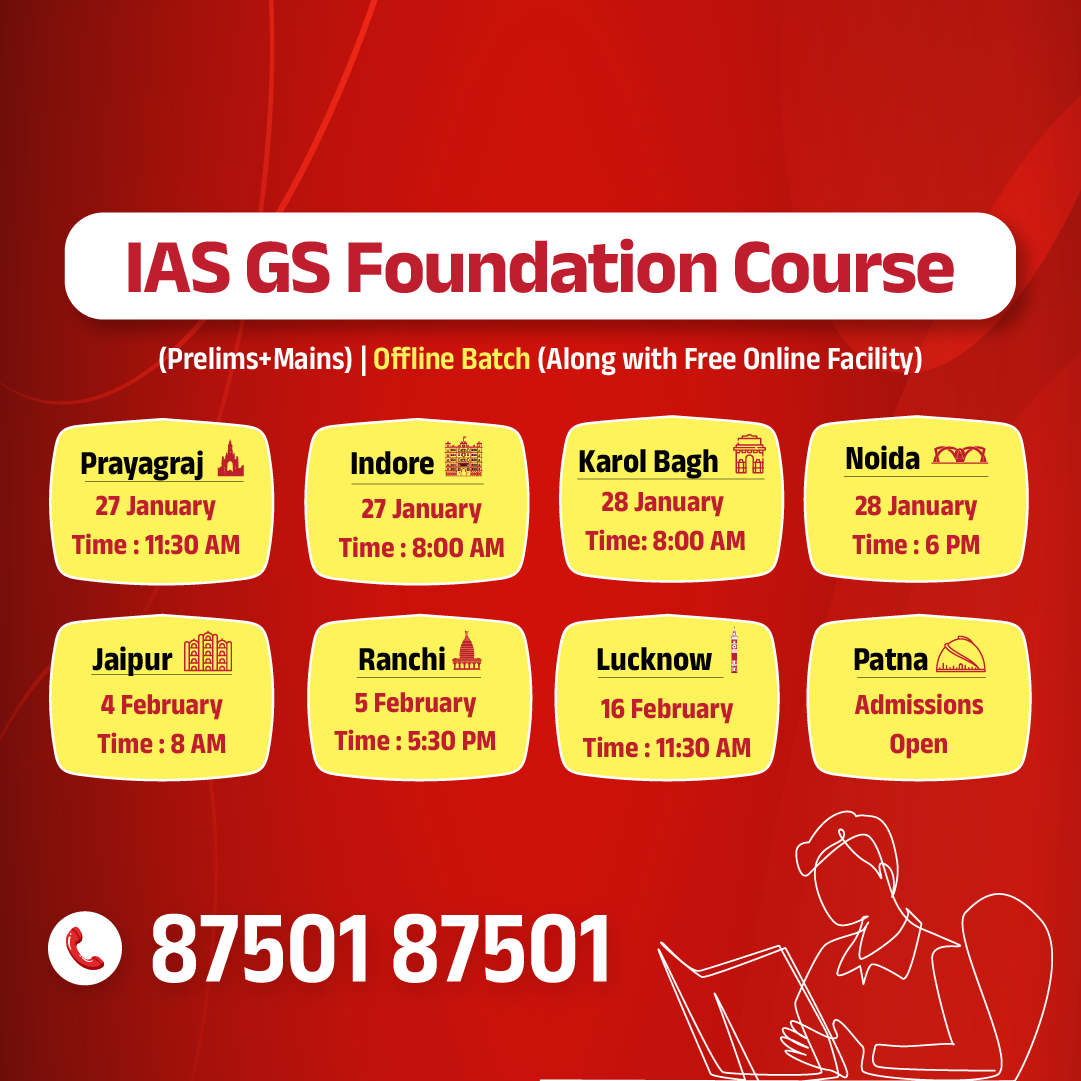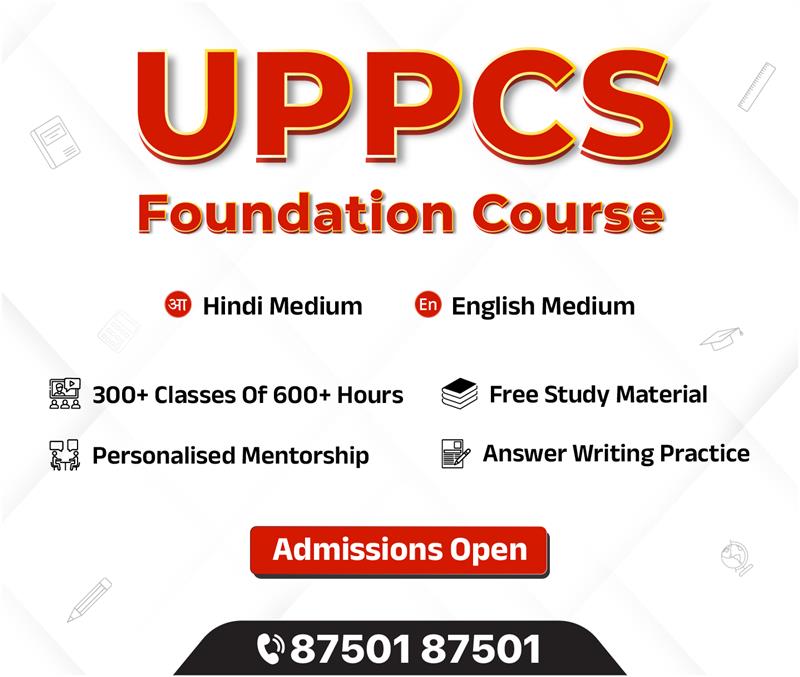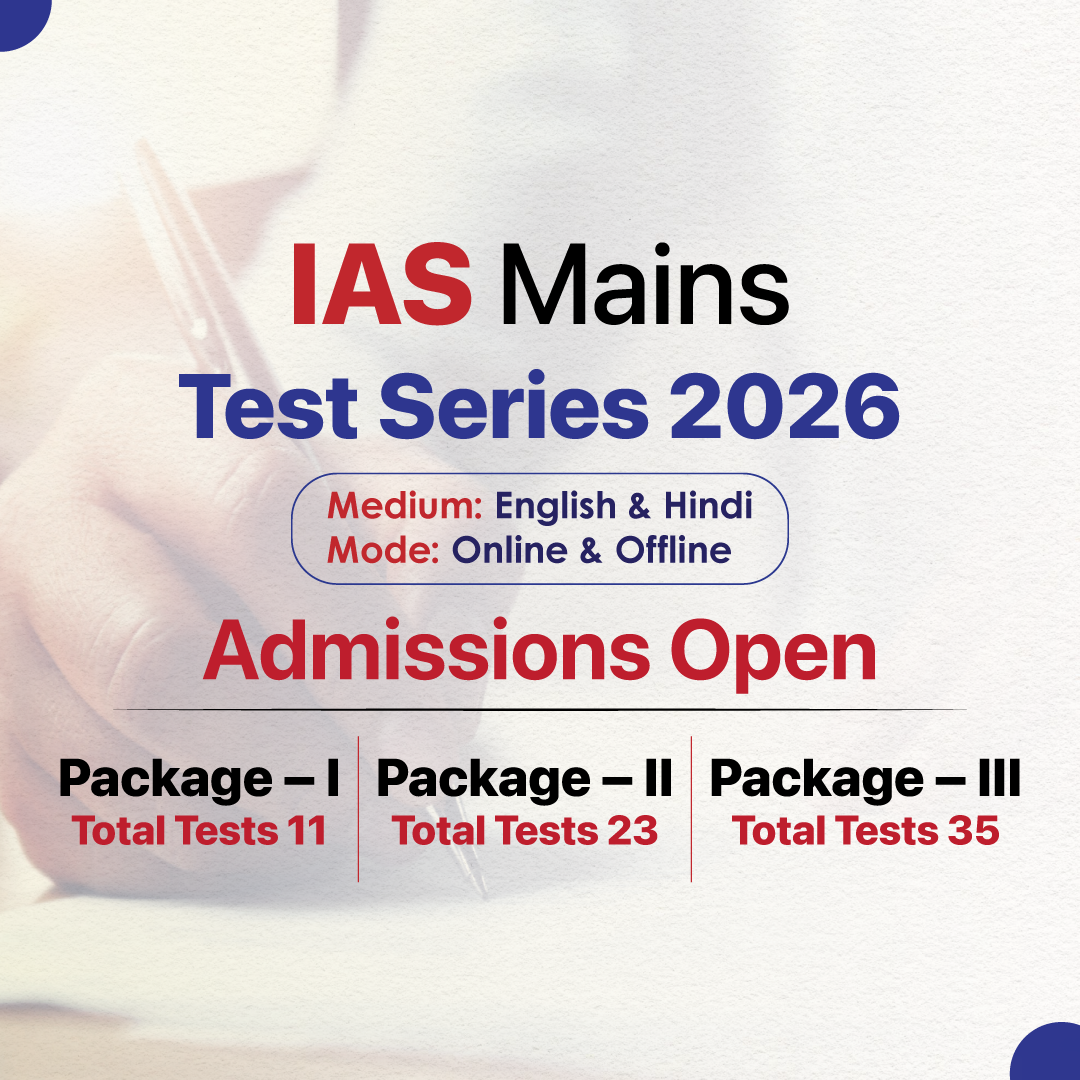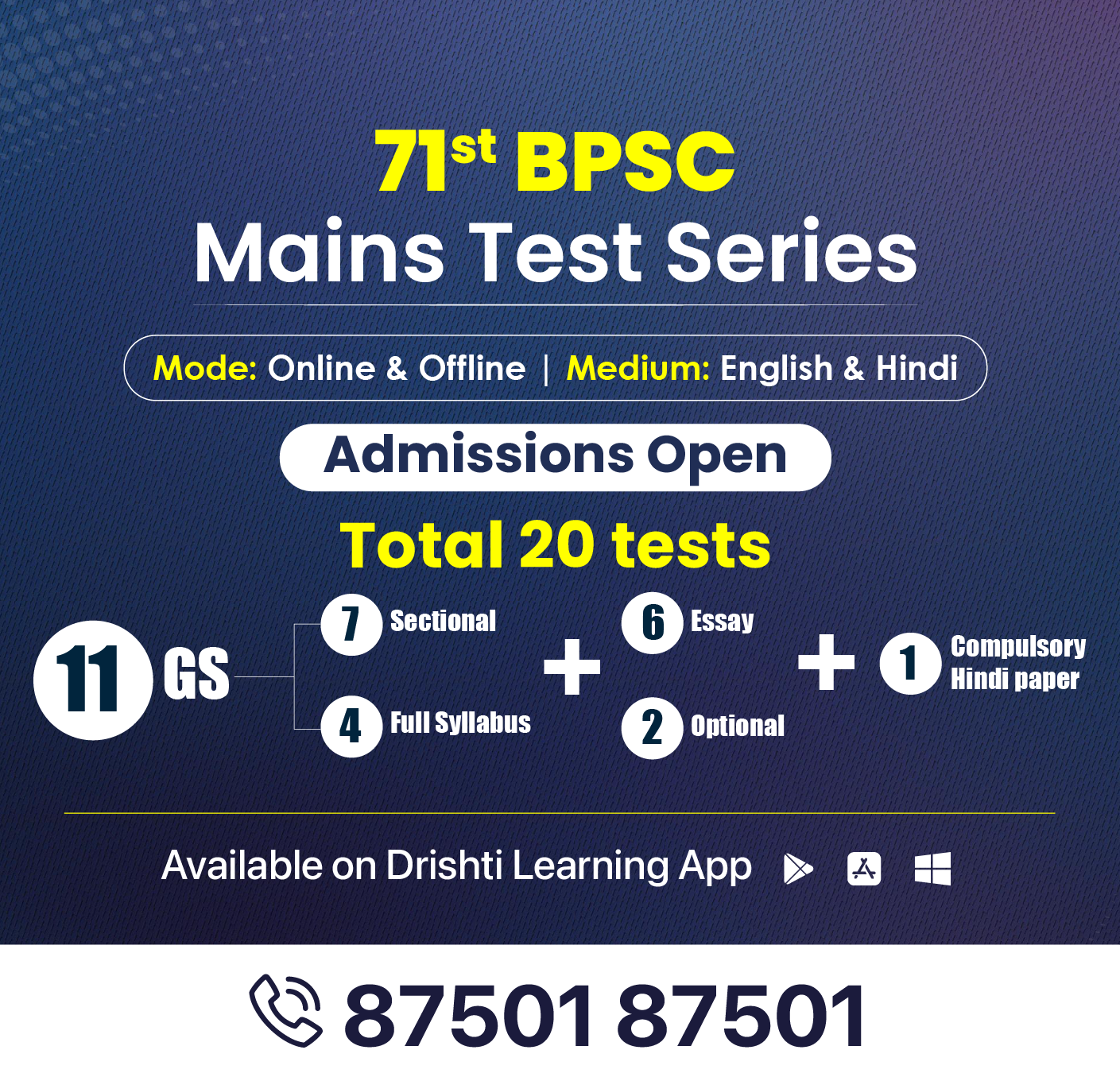Madhya Pradesh Switch to Hindi
India’s First SSLNG Plant in Madhya Pradesh
Why in News?
Recently, the Union Ministry of Petroleum and Natural Gas dedicated to the nation India’s first small-scale liquefied natural gas (SSLNG) unit at GAIL (India) Ltd’s in Vijaipur, Madhya Pradesh.
Key Points
- The government aims to increase the share of natural gas in its primary energy mix to 15% by 2030 from a little more than 6% at present.
- This is because natural gas is far less polluting than conventional hydrocarbons like coal and oil; it is also cheaper than oil, more than 85% of India’s requirement for which is met through costly imports.
- Natural gas is seen as a key transition fuel in India’s journey towards green energy and future fuels.
- However, a major challenge in scaling up gas consumption lies in the transportation of gas to places that are not connected by the country’s natural gas pipeline grid.
- Small-Scale Liquefied Natural Gas (SSLNG):
- It refers to the liquefaction of natural gas and its transportation using unconventional means in a significantly smaller-scale operation than the usual large-scale liquefaction, regasification, and transportation infrastructure and processes.
- The SSLNG chain can start from a large-scale LNG import terminal from where the LNG, instead of being regasified and supplied through pipelines, can be transported to consumers by cryogenic road tankers or small vessels.
- The chain can also start at locations with ample natural gas supply or production, where small liquefaction plants can be set up.
- The SSLNG unit at Vijaipur, which is GAIL’s largest gas processing facility, is an example of the latter kind of location.
Madhya Pradesh Switch to Hindi
Justice Satyendra Kumar Singh Sworn in as New Lokayukta of Madhya Pradesh
Why in News?
Recently, Justice Satyendra Kumar Singh was appointed as the new Lokayukta (anti-corruption ombudsman) of Madhya Pradesh.
Key Points
- He took the oath of office in the ceremony administered by Governor Mangubhai Patel at Raj Bhavan.
Lokayukta
- The Lokayukta is the Indian Parliamentary Ombudsman, executed into power, through and for, each of the State Governments of India.
- It is an anti-corruption authority. The object of the Lokayukta system in a state is to investigate grievances, allegations against public servants.
- The origin of the Lokayukta can be drawn to the Ombudsman in Scandinavian countries.
- In India, the Administrative Reforms Commission, (1966-70), had recommended the creation of the Lokpal at the Centre and Lokayukta in the states.
- Before the passing of the Lokpal and Lokayuktas Act in 2013, several states in India passed laws for creating the Institution of 'Lokayukta'.
- Maharashtra was first in this respect with its Lokayukta body established in 1971.
Haryana Switch to Hindi
SC Directs all UTs and States to Issue Ration Cards to Unorganised and Migrant Workers
Why in News?
Recently, the Supreme Court (SC) directed all states and Union Territories (UTs) to ensure that ration cards are issued to 80 million migrant and unorganised workers within the next two months.
Key Points
- Under the National Food Security Act (NFSA) 2013, the apex court ordered governments to issue ration cards to 80 million persons.
- These people are registered on the eShram portal but do not possess the cards.
- The court noted that the exercise of matching eShram registrants with NFSA beneficiaries had already been undertaken and on that basis, it had been found that nearly 80 million people do not possess ration cards.
- Hence, they are not able to avail the benefit of monthly food grains under the Act.
- The SC further directed that the ration cards must be issued irrespective of the quotas defined in section 3 of the NFSA.
- Section 3: Right to receive food grains at subsidised prices by persons belonging to eligible households under Targeted Public Distribution System.
National Food Security Act, 2013 (NFSA)
- It marks a paradigm shift in the approach to food security from welfare to rights based approach.
- NFSA covers 75% of the rural population and 50% of the urban population under:
- Antyodaya Anna Yojana: It constitutes the poorest-of-the-poor, are entitled to receive 35 kg of foodgrains per household per month.
- Priority Households (PHH): Households covered under PHH category are entitled to receive 5 kg of foodgrains per person per month.
- The eldest woman of the household of age 18 years or above is mandated to be the head of the household for the purpose of issuing ration cards.
- In addition, the act lays down special provisions for children between the ages of 6 months and 14 years old, which allows them to receive a nutritious meal for free through a widespread network of Integrated Child Development Services (ICDS) centres, known as Anganwadi Centres.
e-Shram Portal
- It aims to register 38 crore unorganised workers such as construction labourers, migrant workforce, street vendors, and domestic workers, among others.
- The workers will be issued an e-Shram card containing a 12 digit unique number.
- If a worker is registered on the eSHRAM portal and meets with an accident, he will be eligible for Rs 2.0 Lakh on death or permanent disability and Rs 1.0 lakh on partial disability.
Haryana Switch to Hindi
ICAR Celebrated Golden Jubilee of Krishi Vigyan Kendras
Why in News?
Recently, the Indian Council of Agricultural Research (ICAR) has celebrated the Golden Jubilee of Krishi Vigyan Kendras in 2024.
Key Points
- The first Krishi Vigyan Kendras (KVK) was established by the ICAR on 21st March 1974.
- At present India has a network of 731 KVKs, where each KVK serves more than 5000 farmers.
- KVK network is spread across various states such as Haryana, Rajasthan, Tamil Nadu, Punjab, West Bengal, etc.
- KVKs serve as a comprehensive hub for technology transfer, capacity building, market information, and skill development for farmers at the grassroots level.
Krishi Vigyan Kendra (KVK)
- KVK is an integral part of the National Agricultural Research System (NARS).
- The mandate of KVK is technology assessment and demonstration for its application and capacity development.
- It aims at assessment of location specific technology modules in agriculture and allied enterprises, through technology assessment, refinement and demonstrations.
- KVKs also produce quality technological products (seed, planting material, bio-agents, livestock) and make it available to farmers.
- The KVK scheme is 100% financed by the Government of India and the KVKs are sanctioned to Agricultural Universities, ICAR institutes, related Government Departments and Non Government Organizations (NGOs) working in Agriculture.
- KVKs act as a bridge between the laboratories and farmland. According to the Government, these are crucial to fulfilling the target of doubling farmers’ income by 2022.
Uttar Pradesh Switch to Hindi
Trinetra App 2.0
Why in News?
Recently, UP Police adopted Trinetra app 2.0, a digital platform for crime prevention and investigation.
Key Points
- With over 9.32 lakh criminal records now digitized within Trinetra’s database, frontline officers will possess the capability to swiftly identify suspects during security checks.
- It can be used by all police personnel of Inspector and above rank as per requirement.
- Police personnel can input and access comprehensive crime-related information, including crime histories, FIR details, interrogation reports, audio recordings, photographs, rewards, incarceration details, and seizure records.
- It empowers law enforcement with facial recognition capabilities, enabling swift identification of suspects based on photographic data.
- The Crime GPT feature enables instant access to comprehensive information regarding criminals and criminal activities, streamlining investigative processes.
- Trinetra 2.0 also facilitates the search for missing individuals through photograph linking and facial recognition technology, bolstering efforts to locate and reunite missing persons with their families.


.png)




.jpg)







.png)


.jpg)

 PCS Parikshan
PCS Parikshan


